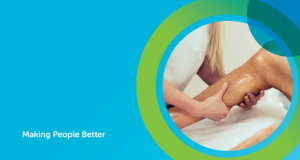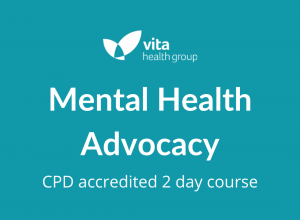Share
Benefits of Exercise for Long Term (Chronic) Pain
Do you suffer from long term pain?
Do you struggle to manage it and do everything you want?
Do you want to know how to reduce pain and regain your chosen lifestyle?
We can help …
Long term or chronic pain causes distress to those who experience it and their loved ones. The term chronic pain refers to pain which has lasted for a period of time longer than the body’s usual healing time. Such as pain which has lasted for longer than 3 to 6 months, in the absence of a new direct injury. This covers a large range of problems including many common conditions such as:
- Osteoarthritis (most commonly affecting the knees, hips and small joints of the hands and feet)
- Rheumatoid arthritis
- Lower back pain
- Whiplash
- Soft tissue disorders (such as elbow, Achilles and gluteal tendinopathies)
Chronic pain is highly complex and can cause a number of issues other than the pain itself. These can include fatigue, anxiety, depression, and a poor quality of life.
The Evidence for Exercise
- Reduce severity of pain
- Improve physical function
- Improve psychological function
- Improve quality of life
There is good evidence that exercise can be used to help with the management of chronic pain. Exercise has been demonstrated to reduce the severity of pain, improve physical function, and improve psychological function and quality of life. There is stronger evidence for these benefits in those who have mild-to-moderate pain. Importantly, physical activity in general is unlikely to cause harm in people with chronic pain so should not be feared, however carried out in a controlled and informed manner*.
Which Exercise Should I Choose to Do*?
Different environments:
- Land based
- Water based
Different focus:
- Strength
- Endurance
- Flexibility
- Range of motion
- Muscle activation
- Cardiovascular
The type of physical activity that could be considered as exercise has a huge range. They might be land or water-based activities, may focus on building strength, endurance, flexibility and range of motion, and muscle activation. Activity with a cardiovascular element (something that gets you a little out of breath) is also particularly beneficial.
Keep Active
Exercising whist in pain may seem counter intuitive. It goes against our instinct to rest when dealing with unpleasant experiences, such as pain or reduced physical function. However, we know rest can compound the problem. If you are managing long standing pain then keep active, as this can positively affect the pain directly or help manage other related problems.
*Before you start exercising it is important that you consult your physiotherapist or GP to ensure the activity you chose is right for you.
Click to read how water based exercise helps OA.
Click to find out about our Classes.
Related News
Vita is an award-winning, CQC registered healthcare provider














